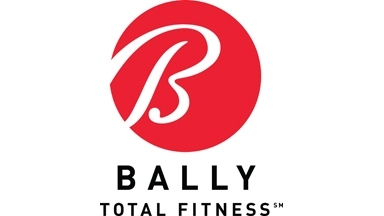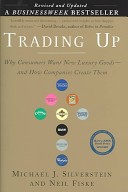Education & Fitness Professionals - A Dilemma That Requires An Answer
/ I am reading The 2011 ACSM Fitness Trend Survey this morning, which identifies the top 20 fitness trends. Interestingly, for the past 3 years the number 1 trend in the survey is "educated and experienced fitness professionals". Dr. Walter Thompson, author of the article on the survey, makes 2 important observations about this trend:
I am reading The 2011 ACSM Fitness Trend Survey this morning, which identifies the top 20 fitness trends. Interestingly, for the past 3 years the number 1 trend in the survey is "educated and experienced fitness professionals". Dr. Walter Thompson, author of the article on the survey, makes 2 important observations about this trend:
"According to the AKA, the kinesiology major grew by more than 50% from 2003 - 2008....and means that kinesiology is the fastest growing major in the U.S., as the market for fitness professionals becomes even more crowded and more competitive, the need for regulation, wether from within the industry or from external sources, is growing."
Thompson also alludes to the work of the NSF in establishing standardized facility practices.
During the past few months I've had the pleasure, with my partner Robert Dyer, to visit with leaders in fitness education including people from ACE, IDEA, Fitpro and many others. We all discussed the need for education and standards. Of course we talk with our over 600 fitness facility customers routinely as well and as a result I wonder; How will fitness professionals be able to pay more money for education requirements when their wages are actually stagnant or falling? I know a lot of trainers and group instructors and its hard for them to survive in the industry. IHRSA openly lobbies to prevent government regulation of personal training primarily to prevent the cost of government standards being passed on to facility owners. They do this because its getting more challenging to make a buck in the health club business. Yet, many in the fitness industry agree that better education is necessary to promote and progress the business. But who is going to pay for all of this when health club dues have declined on an inflation adjusted basis ? Do we believe that more educated professionals will result in consumers agreeing to pay more for services ? This is the dilemma that requires an answer.
I think a key problem is the business model of how exercise expertise is delivered to customer members. The prevalent one on one, face to face, modality is inefficient and can be augmented and improved with technology and new delivery systems that will enable exercise professionals to reach more members more effectively.
What do you think ? Contact me Bryan O'Rourke, and share your views about the fitness industry and educational requirements for professionals. What should happen to improve the professional prospects for fitness professionals and why, given that it is the number 1 fitness trend in 2011 according to the ACSM survey.












